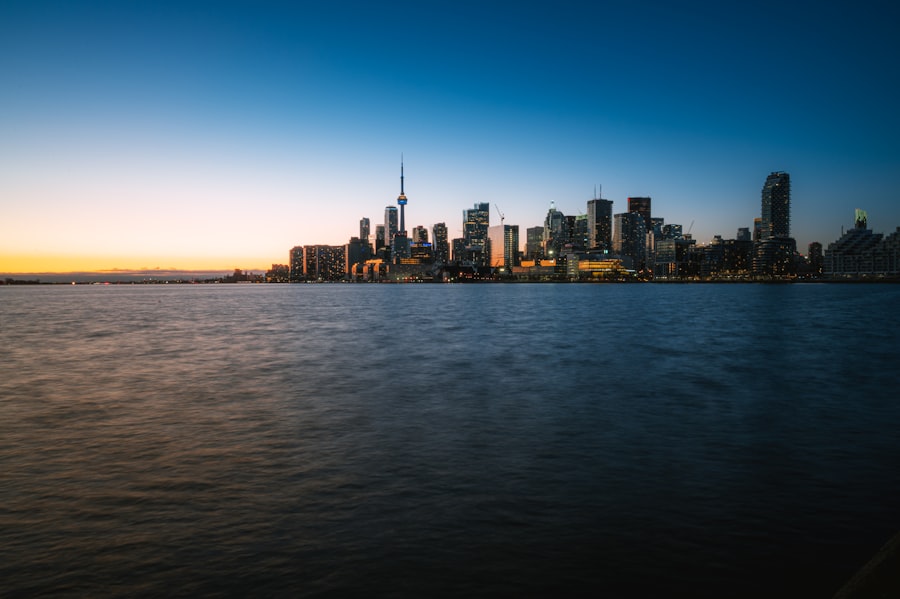When you undergo a cosmetic procedure, whether it’s a facial treatment, laser therapy, or any other skin-related intervention, the aftercare instructions provided by your practitioner are crucial for achieving the best results. Ignoring these guidelines can lead to complications, prolonged healing times, and even unsatisfactory outcomes. You might think that skipping a few steps won’t make a difference, but the reality is that these instructions are designed to protect your skin and enhance the benefits of the treatment you just received.
For instance, if your practitioner advises you to avoid certain activities or products for a specific period, it’s essential to adhere to those recommendations. You may be tempted to resume your regular skincare routine or jump back into your daily activities, but doing so can compromise the healing process. By not following aftercare instructions, you risk not only your skin’s health but also the investment you made in your appearance.
Remember, the path to beautiful skin often requires patience and diligence, especially in the days following a treatment.
Key Takeaways
- Not following aftercare instructions can lead to poor healing and potential complications after a skin treatment.
- Exposing the treated area to sunlight can cause hyperpigmentation and damage to the skin, undoing the effects of the treatment.
- Using harsh skincare products can irritate the treated area and interfere with the healing process.
- Skipping follow-up appointments can result in missed opportunities for necessary adjustments or additional treatments.
- Touching or picking at the treated area can introduce bacteria and lead to infection or scarring.
Exposing Treated Area to Sunlight
One of the most significant mistakes you can make after a skin treatment is exposing the treated area to sunlight. Your skin is particularly vulnerable after undergoing procedures like chemical peels or laser treatments. The sun’s harmful UV rays can lead to hyperpigmentation, irritation, and even scarring.
You might feel tempted to bask in the sun or skip sunscreen application, thinking that a little exposure won’t hurt. However, this mindset can have long-lasting effects on your skin’s health and appearance. To protect your investment and ensure optimal healing, it’s vital to keep the treated area shielded from direct sunlight.
Wearing protective clothing and applying a broad-spectrum sunscreen with a high SPF is essential. Even on cloudy days or during winter months, UV rays can penetrate through clouds and windows, so don’t let your guard down. By prioritizing sun protection, you not only safeguard your skin but also enhance the results of your treatment, allowing for a smoother and more radiant complexion.
Using Harsh Skincare Products

After a cosmetic procedure, your skin may be sensitive and in need of gentle care. Using harsh skincare products can exacerbate irritation and hinder the healing process. You might be accustomed to using exfoliants, retinoids, or strong cleansers that promise quick results, but these products can be detrimental immediately following treatment.
Instead of helping your skin recover, they can strip away essential moisture and disrupt the delicate balance necessary for healing. It’s crucial to switch to a mild skincare routine that focuses on hydration and nourishment. Look for products that are fragrance-free and formulated for sensitive skin.
Ingredients like hyaluronic acid, aloe vera, and ceramides can provide soothing relief while promoting healing. By being mindful of what you apply to your skin post-treatment, you’ll create an environment conducive to recovery and ultimately achieve better results.
Skipping Follow-Up Appointments
| Month | Number of Appointments | Skipped Appointments | Percentage of Skipped Appointments |
|---|---|---|---|
| January | 150 | 20 | 13.3% |
| February | 160 | 25 | 15.6% |
| March | 140 | 18 | 12.9% |
Follow-up appointments are an integral part of any cosmetic treatment plan. They allow your practitioner to assess your progress, address any concerns, and make necessary adjustments to your care regimen. Skipping these appointments may seem harmless at first, but it can lead to missed opportunities for optimizing your results.
You might feel that everything is going well and that you don’t need further guidance; however, only a trained professional can provide insights based on their expertise. During follow-up visits, your practitioner can evaluate how well your skin is responding to the treatment and recommend additional procedures if needed. They can also identify any potential issues early on, preventing complications down the line.
By prioritizing these appointments, you demonstrate a commitment to your skincare journey and ensure that you’re on track for achieving the best possible outcome.
Touching or Picking at Treated Area
It’s natural to feel curious about how your skin is healing after a treatment; however, touching or picking at the treated area can lead to serious consequences. You may feel an urge to inspect your skin closely or remove any scabs or peeling skin, but doing so can introduce bacteria and increase the risk of infection. Additionally, picking at your skin can result in scarring or uneven texture that may take time to resolve.
To avoid this temptation, try to keep your hands busy with other activities or use distraction techniques when you feel the urge to touch your face. If you find yourself struggling with this habit, consider discussing it with your practitioner during follow-up appointments. They can provide strategies for managing this behavior and emphasize the importance of allowing your skin to heal naturally without interference.
Engaging in Strenuous Activities

After undergoing a cosmetic procedure, it’s essential to give your body the time it needs to recover fully. Engaging in strenuous activities such as intense workouts or heavy lifting can increase blood flow and cause swelling or bruising in the treated area. You might feel eager to return to your regular exercise routine, but pushing yourself too soon can hinder the healing process and lead to undesirable results.
Instead of jumping back into high-impact activities right away, consider opting for gentler forms of exercise like walking or yoga during the initial recovery period. These low-impact options will allow you to stay active without putting undue stress on your body. Listen to your body’s signals; if you experience discomfort or notice any adverse reactions after physical activity, it’s crucial to take a step back and allow yourself more time to heal.
Not Staying Hydrated
Hydration plays a vital role in maintaining healthy skin, especially after a cosmetic procedure. When you neglect to drink enough water, your skin may become dry and less resilient during the healing process. You might underestimate the importance of hydration in relation to skincare; however, water helps flush out toxins and supports cellular repair, making it essential for optimal recovery.
To ensure you’re adequately hydrated, aim to drink at least eight glasses of water daily.
By prioritizing hydration during this critical time, you’ll not only support your skin’s healing process but also promote a radiant complexion that reflects your commitment to self-care.
Ignoring Signs of Infection
After any cosmetic procedure, it’s crucial to be vigilant about monitoring your skin for signs of infection. Symptoms such as increased redness, swelling, warmth, or discharge from the treated area should not be overlooked. You might feel inclined to dismiss these signs as normal post-treatment reactions; however, ignoring them could lead to more severe complications that require medical intervention.
If you notice any concerning symptoms, don’t hesitate to reach out to your practitioner for guidance. Early detection is key when it comes to addressing infections effectively. Your practitioner can provide appropriate treatment options and help ensure that any issues are resolved promptly.
By staying proactive about your skin’s health and recognizing when something isn’t right, you’ll be taking an essential step toward safeguarding your investment in cosmetic care and achieving the best possible results from your treatment journey.
After receiving laser treatment, it is important to follow proper aftercare instructions to ensure optimal results and minimize any potential risks. One related article that provides helpful tips on post-laser treatment care can be found on the In Laser Hair Removal blog. This article discusses common mistakes to avoid after laser treatment, such as exposing the treated area to direct sunlight, using harsh skincare products, and picking at scabs.
FAQs
What is laser treatment?
Laser treatment is a medical procedure that uses a focused beam of light to treat various skin conditions, including acne, scars, wrinkles, and pigmentation issues.
What should I avoid after laser treatment?
After laser treatment, it is important to avoid sun exposure, hot showers, saunas, and strenuous exercise for a few days. It is also important to avoid picking or scratching the treated area to prevent infection and scarring.
Can I wear makeup after laser treatment?
It is generally recommended to avoid wearing makeup for the first 24-48 hours after laser treatment to allow the skin to heal properly. After that, it is important to use gentle, non-irritating makeup products.
Is it safe to use skincare products after laser treatment?
It is important to follow the post-treatment skincare regimen recommended by your healthcare provider. This may include using gentle, non-irritating skincare products and avoiding harsh chemicals or exfoliants for a certain period of time.
Can I go swimming after laser treatment?
It is generally recommended to avoid swimming in pools, hot tubs, or natural bodies of water for a few days after laser treatment to reduce the risk of infection. It is important to follow the specific post-treatment instructions provided by your healthcare provider.





